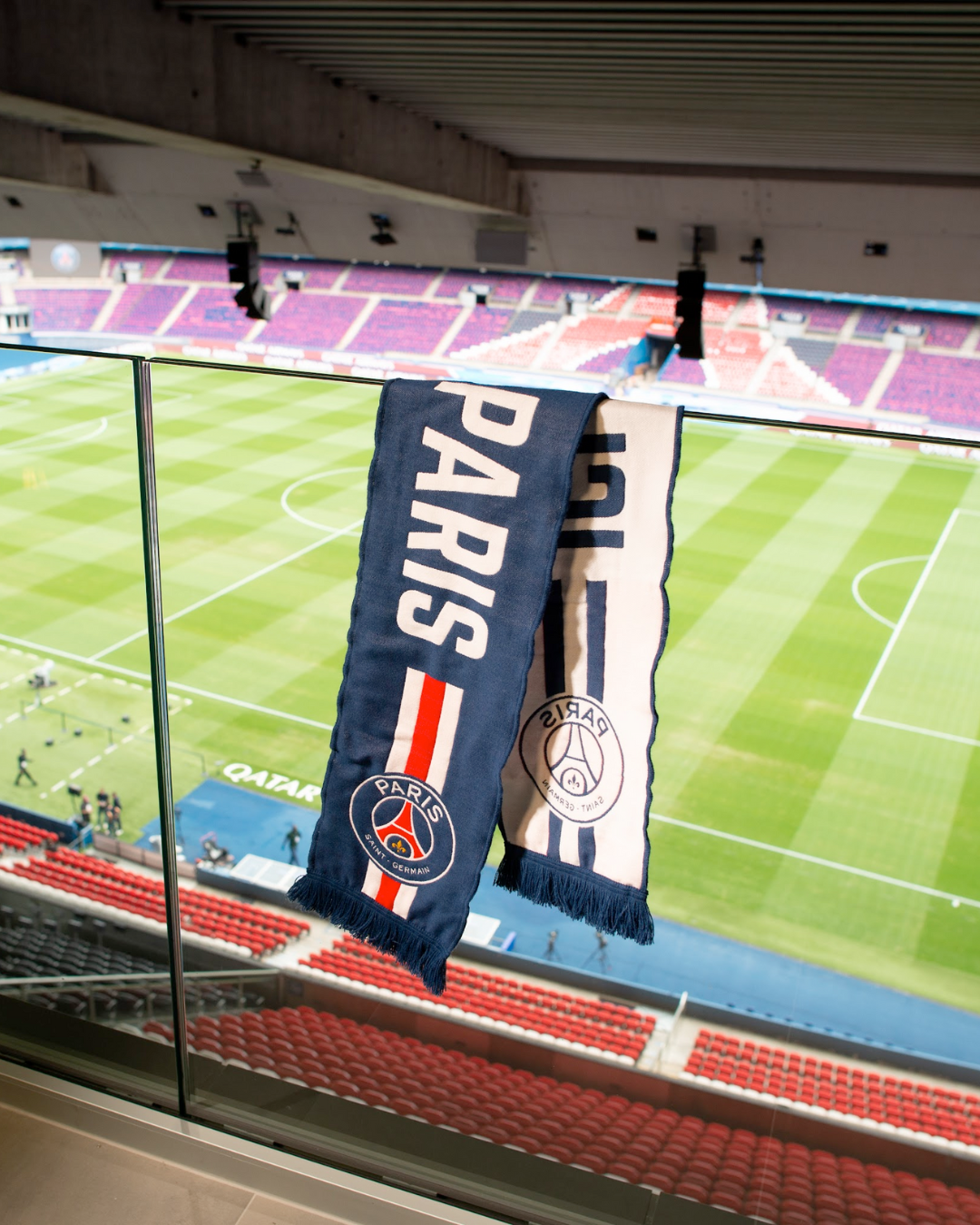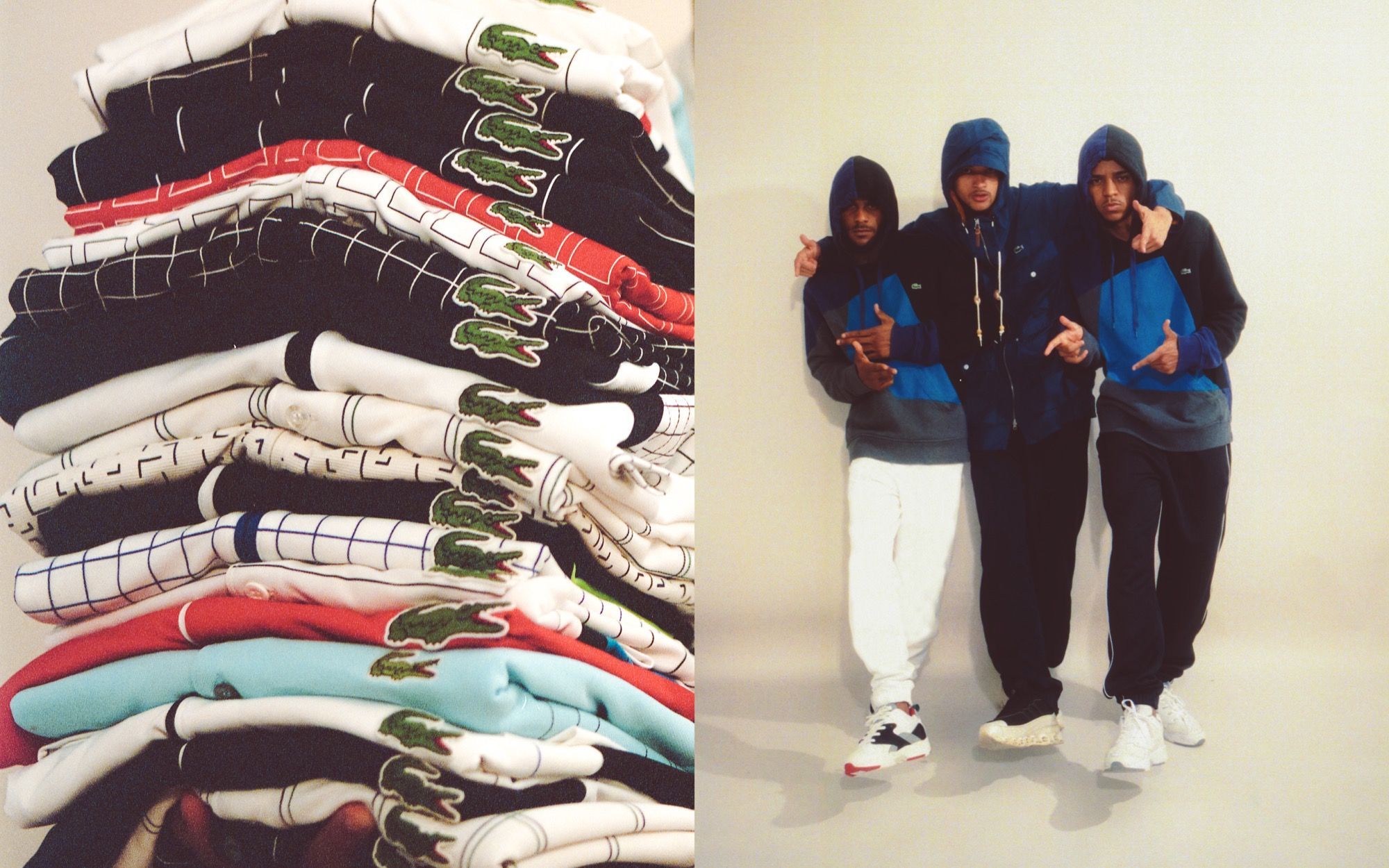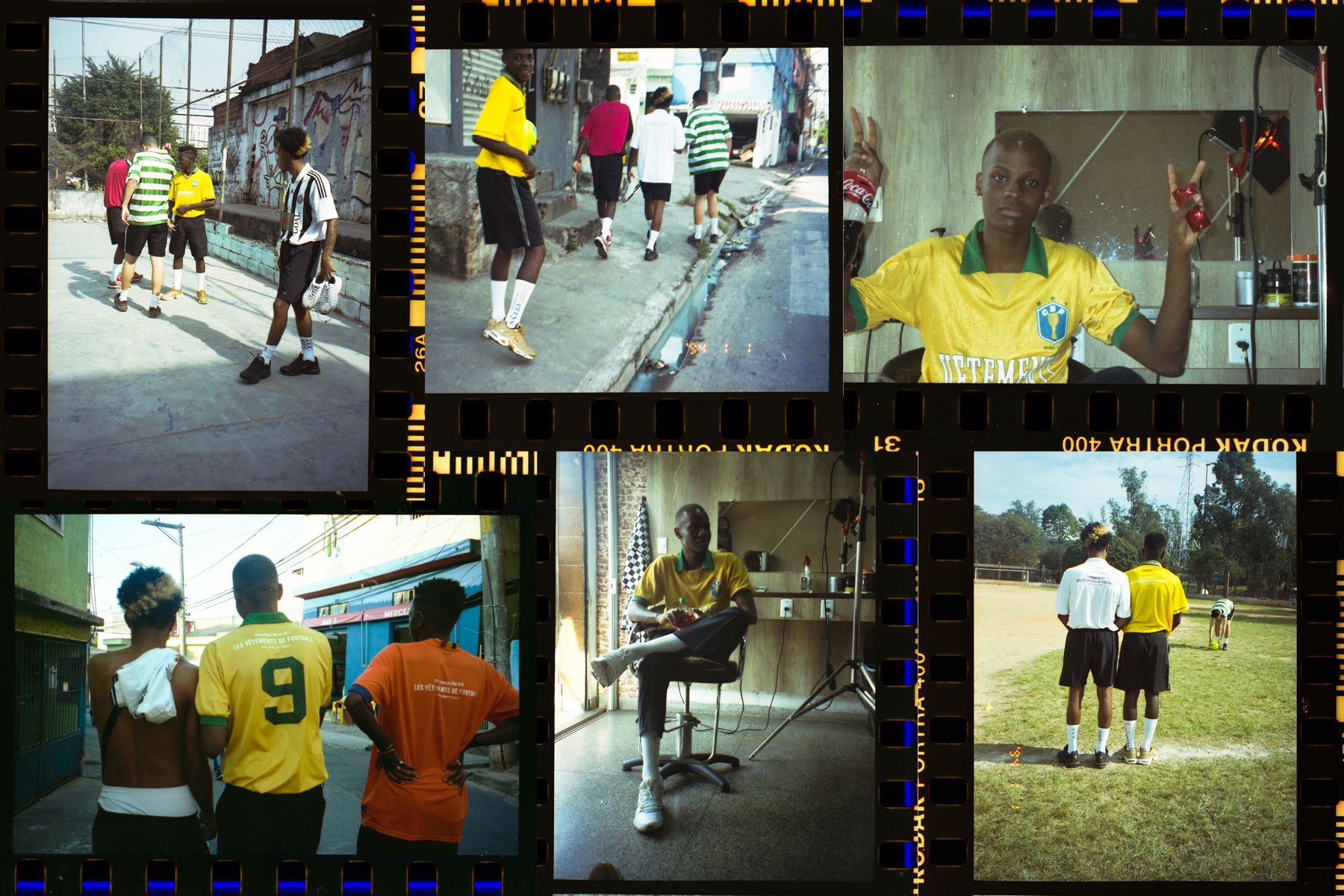
The subversive aesthetics of Brazilian Core Between Y2K, football and the preservation of Brazilian symbolism
At the beginning of the year, the Bloke Core aesthetic had shown a new face of the Y2K revival that has been animating the catwalks for two years now, away from uncovered bellies and graphic tees of dubious taste, an expression of that British trend of the 2010s brought into the spotlight by Brit-rock and the obsession with English football. Today, that effortless aesthetic characterized by football shirts, distressed jeans and trainers has been given an upgrade thanks to the Chinese social network from which, after all, the most disparate macro-trends of recent times originate. It all started with a tweet claiming that trendsetters were flirting with the colour scheme of the Brazilian flag, if not actually the national team's football jerseys, a theory supported by TikTok, where the hashtag Brazilian Core has garnered more than 10 million views, mainly reproducing female street styles in a riot of yellow, green and blue.
idk if someone addressed this already but why is brasil and the brazilian “aesthetic” becoming a trend between fashion influencers like pic.twitter.com/5f6Nkw7mbj
— EM (@ysleffect) August 3, 2022
Although Bloke and Brazilian Core are profoundly linked by a common passion for football, the former has its roots in thrifting, especially in vintage jerseys that started out by monopolizing the For You pages of fashion enthusiasts, while the latter has, for the most, a local diffusion and is based on the nationalism that binds Brazilian citizens at a crucial historical moment for the country. According to statements by Iza Dezon, a researcher specialized in behavioural macro-trends, reported by FFW magazine, the nostalgic appreciation of Brazilian symbols in fashion is something local rather than international, an aesthetic consequence of the desire to change the nation's political direction: «going back to the Brazilian jersey means going back to the attitude of national pride from the past, despite the current political scenario.» In this sense, Nike recently launched the Brazilian national team's jersey collection with a campaign entitled 'Veste a Garra', featuring sports stars and pop culture idols belonging to opposite political poles. Like the player Ronaldinho, who has participated in several right-wing rallies in recent years, and MC Hariel who, like Djonga, is totally opposed to President Bolsonaro's policies. There seems to be a common intention to depoliticize the colours of the flag in time for the Qatar Cup, as well as in the intentions of the Broad Front for Democracy movement, which, in collaboration with the Brazilian Democratic Movement Party, has organized demonstrations throughout the country combining the shades green, yellow, blue and white with red, the colour historically associated with the left throughout the world.
It seems that the trend exported to Europe and the United States as yet another street aesthetic that originates from the latest thrift from stalls, sportswear or from an impulse purchase in a local shop during a leisure trip to São Paulo, actually hides a much deeper meaning. Even the basketball cap of Misci, the up-and-coming brand of Brazilian designer Airon Martin, in shades of green and yellow with the inscription 'Mátria Brasil' and currently sold out everywhere, conceals a reflection on the multifaceted nature of the country, its rural roots and a common desire for peace and unity. Since 2019, Airon has joined the spontaneous campaign to safeguard Brazilian symbolism: «When I put the Brazilian flag next to the red, it's to generate this reflection and give an idea of balance» the designer told FFW, also alluding to the football scene when he states that «the jersey and the flag belong to all Brazilians, regardless of the team that wears them.» After all, as much as the Brazilian Core in its Western declension is yet another trend flaunted by it-girls without too much retrospect, wearing the country's flag without any political or ideological ulterior motive is involuntarily part of the daily battle of Brazilian citizens themselves: to bring the flag back to symbolize Brazil and not a party.















































